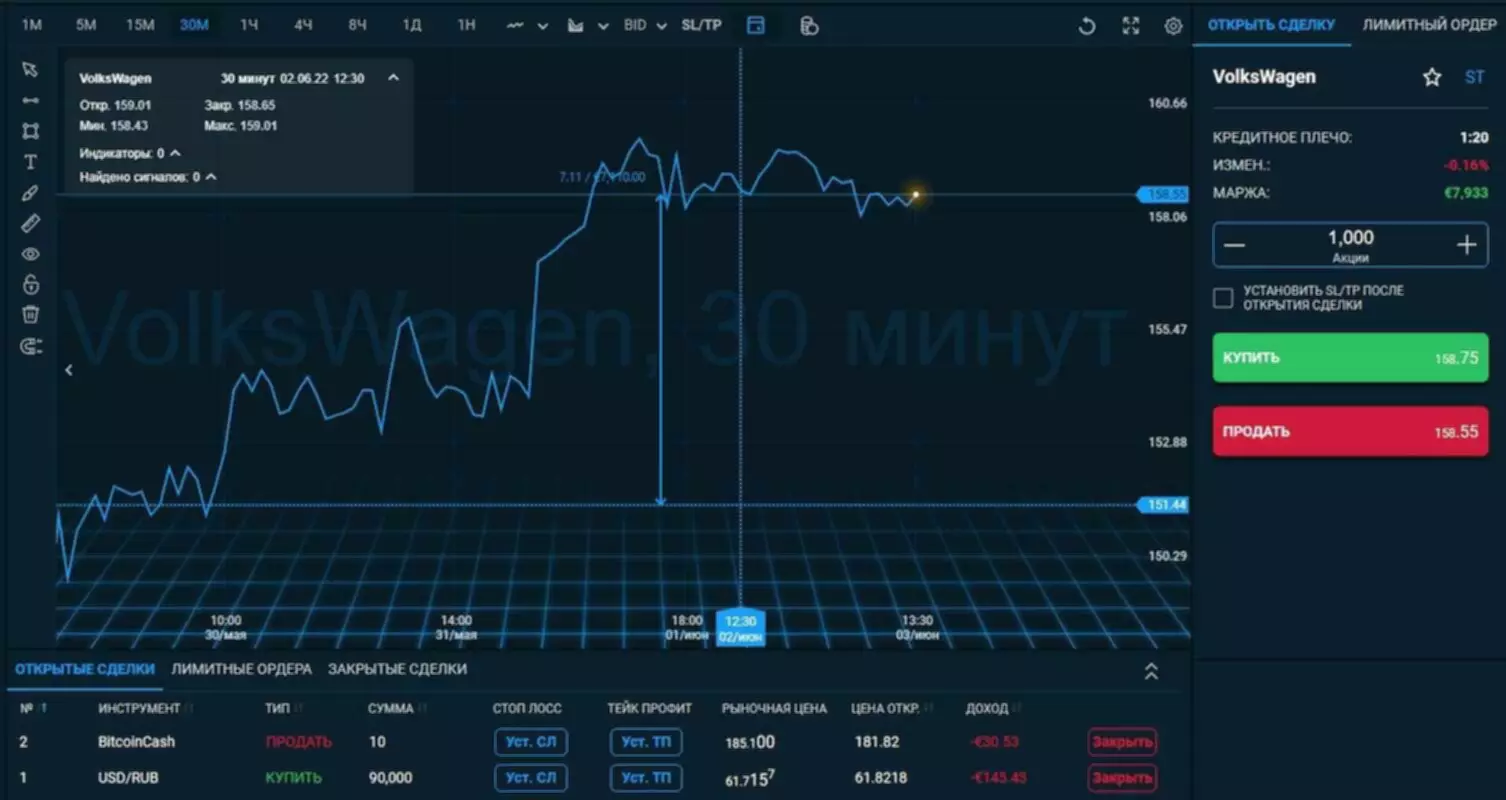Content
- Column: Gamestop Isnt The First Stock Market Mania, And It Wont Be The Last
- Market Benchmark
- What Is Angel Investing?
- A Guide To Venture Capital Funding Rounds: How Does Series A, B, C Funding Work?
- Active Vs Passive Investing: Step Back For Better Returns
- Active Vs Passive Investing: Whats The Difference?
- Choosing Between An Active Or Passive Investing Strategy
- Select Your Investor Type
In the early stages of a recovery, most stocks tend to perform well, benefitting a passive investing approach, says Canally. On the downside, investors in emerging markets who invest through an index fund may see the majority of those funds allocated to China, given the size of that country relative to other markets, he says. That can cause a risk of overconcentration when an investor may be seeking diversification through international investing. “Often, the devil is in the details for success when investing in fixed income,” says Canally.

You need to determine how much of your individual judgment you want to use for building your portfolio, compared to going with the overall flow of the market. That is where active and passive investing styles come into play. Temporarily gain exposure to certain markets in conjunction with portfolio rebalancing https://xcritical.com/ or account transition management. The experience over the last few years may seem like the death knell is sounding for active investing. But there are risks and potentially lost opportunities with index-tracking investments – it’s not all upside – and recent trends do not tell the whole story.
Nothing in this article should be considered as a solicitation or offer, or recommendation, to buy or sell any particular security or investment product or to engage in any investment strategy. No part of this material may be reproduced in any form, or referred to in any other publication, without express written permission. Stash does not provide personalized financial planning to investors, such as estate, tax, or retirement planning.
Column: Gamestop Isnt The First Stock Market Mania, And It Wont Be The Last
If you’re taking a long-term approach to your investments, you may be slower to react to true risks to your portfolio. Passive investors buy a basket of stocks, and buy more or less regularly, regardless of how the market is faring. This approach requires a long-term mindset that disregards the market’s daily fluctuations. Return and principal value of investments will fluctuate and, when redeemed, may be worth more or less than their original cost.

‘Save and Invest’ refers to a client’s ability to utilize the Acorns Real-Time Round-Ups® investment feature to seamlessly invest small amounts of money from purchases using an Acorns investment account. Early, an UTMA/UGMA investment account managed by an adult custodian until the minor beneficiary comes of age, at which point they assume control of the account. Consumer and commercial deposit and lending products and services are provided by TIAA Bank®, a division of TIAA, FSB. Member FDIC.Equal Housing Lender. Advisory services are provided by Advice & Planning Services, a division of TIAA-CREF Individual & Institutional Services, LLC, a registered investment adviser. On top of actually being difficult to do well, it actually requires a lot of time to be an active trader because of all the research you need to do. It makes little sense to spend more time to do worse unless you’re also actively trading for fun.
As a passive investor, you significantly reduce the amount of time you need to spend managing your portfolio. Furthermore, you reduce the risk of making bad investments that end up producing Active vs. passive investing lower returns than the market average. As an investor, you need to decide how you will allocate your portfolio as well as what kind of investing philosophy you wish to follow.
Instead, passive investing believes the secret to boosting returns is by doing as little buying and selling as possible. Active management and passive management are two distinct options available to you as an investor. Generally speaking, passive investing tends to be cheaper and easier, with portfolios frequently matching the ups and downs of the overall market.
The most important challenge investors face is putting a disciplined goal driven strategy in place – one that incorporates objective analysis and research – and then sticking to it. In general, a passive investment strategy tends to be less risky than an active strategy, because it doesn’t attempt to time the market. Active investors generally manage their own portfolios via a brokerage account. There, they are able to buy or sell publicly traded investments as desired, based on current market conditions.
Market Benchmark
Performance may move in cycles — and there will probably be years when even the “best-performing” style may not have positive returns relative to a passive strategy. The blueprint and the ongoing and forthcoming agency actions are a reminder to consumer financial services companies to carefully design, monitor, implement, and test uses of AI. The content of this article is intended to provide a general guide to the subject matter. Specialist advice should be sought about your specific circumstances.

With a passively managed fund, the fund is designed to match the performance of an underlying benchmark, like S&P 500 or Bloomberg Aggregate Bond. Passive fund managers can own all the stocks in the index to match its performance. They can also aim to mirror the performance of the index by owing a smaller subset of the underlying securities. However, not all mutual funds are actively traded, and the cheapest use passive investing. These funds are cost-competitive with ETFs, if not cheaper in quite a few cases.
What Is Angel Investing?
Stash does not guarantee any level of performance or that any client will avoid losses in the client’s account. By trading relatively rarely, they minimize the realizing of capital gains; these are distributed to their investors, who must pay taxes on them every year. Because they had to match the indices’ baskets, which seldom change, they would do relatively little trading and thus would incur few tax liabilities, which only get passed on to investors. They required “no management whatsoever,” at least in terms of stock-picking, Bogle recounted years later. That model was upended in 1976 by John C. Bogle, who introduced the first index fund at Vanguard, which he founded.
- Investors seeking to minimize fees and tax liabilities may consider emphasizing index products.
- If we look at superficial performance results, passive investing works best for most investors.
- Active investing, or active management, also characterizes many mutual funds and, increasingly, some ETFs.
- Another factor is the growing popularity of passively managed exchange-traded funds , relatively low-cost stock, bond or commodity funds that are traded like stocks but often track an index.
- As a passive investor, you significantly reduce the amount of time you need to spend managing your portfolio.
- In practice, it will make it more challenging for advisors to place their clients into higher-cost products, while using low-fee index products can mitigate an advisor’s risk.
- Passive investing can be appropriate for investors who don’t have the time or interest to monitor their investments frequently.
Our firm’s commitment to sustainability informs our operations, governance, risk management, diversity efforts, philanthropy and research. From our startup lab to our cutting-edge research, we broaden access to capital for diverse entrepreneurs and spotlight their success. Morgan Stanley helps people, institutions and governments raise, manage and distribute the capital they need to achieve their goals. Whether it’s hardware, software or age-old businesses, everything today is ripe for disruption. Across all our businesses, we offer keen insight on today’s most critical issues. John Bogle founded the Vanguard Group and before his death served as a vocal proponent of index investing.
A Guide To Venture Capital Funding Rounds: How Does Series A, B, C Funding Work?
Stock market volatility during the last couple of years has reignited a long-running debate over active versus passive investing. Both strategies have supporters and critics and many experts advocate combining both approaches in a portfolio. As with most investment choices, the right strategy for you will depend on several factors, including your financial goals, investment expertise, time horizon and tolerance for risk.
Active vs passive wealth management — the pros and cons – News from Wales
Active vs passive wealth management — the pros and cons.
Posted: Fri, 14 Oct 2022 07:50:58 GMT [source]
Sometimes, where you are in your own financial journey can determine whether active or passive investing is the right path for you. For example, retirees seeking income today may struggle given low interest rates combined with rising inflation. Active fixed-income fund managers can help retirees find yield sources not typically held by index funds, such as structured credit. They can also seek out fixed-income investments that may be less sensitive to inflation’s impact on the bond markets, says Canally.
Active Vs Passive Investing: Step Back For Better Returns
No level of diversification or asset allocation can ensure profits or guarantee against losses. Article contributors are not affiliated with Acorns Advisers, LLC. Acorns is not engaged in rendering tax, legal or accounting advice. Please consult a qualified professional for this type of service. Funds built on the S&P 500 index, which mostly tracks the largest American companies, are among the most popular passive investments. If they buy and hold, investors will earn close to the market’s long-term average return — about 10% annually — meaning they’ll beat nearly all professional investors with little effort and lower cost.
Asset allocation and diversification do not assure a profit or protect against loss in declining financial markets. We offer scalable investment products, foster innovative solutions and provide actionable insights across sustainability issues. Kirsten Rohrs Schmitt is an accomplished professional editor, writer, proofreader, and fact-checker.
His work has been cited by CNBC, the Washington Post, The New York Times and more. This may influence which products we review and write about , but it in no way affects our recommendations or advice, which are grounded in thousands of hours of research. Our partners cannot pay us to guarantee favorable reviews of their products or services. The indices selected by Morgan Stanley Wealth Management to measure performance are representative of broad asset classes. Morgan Stanley Wealth Management retains the right to change representative indices at any time.

A passive investor wants to own as much opportunity as possible. They assume that over long periods they’re likely to receive higher returns from investing in an entire index grouping rather than by trying to pick individual stocks with the best performance. Invest, an individual investment account which invests in a portfolio of ETFs recommended to clients based on their investment objectives, time horizon, and risk tolerance. Another factor is the growing popularity of passively managed exchange-traded funds , relatively low-cost stock, bond or commodity funds that are traded like stocks but often track an index. (Commodities include basic goods that are traded like oil, copper and coffee.) And there are now thousands of different ETFs to choose from. Investing in high yield fixed income securities, otherwise known as “junk bonds”, is considered speculative and involves greater risk of loss of principal and interest than investing in investment grade fixed income securities.
Passive investing, also known as passive management, is a thoughtful, time-honored philosophy that holds that, while the stock market does experience drops and bumps, it inevitably rises over the long haul. The most common passive investing approach is to buy an index fund, whose holdings mirror a particular or representative segment of the financial market. The fund manager must first garner additional returns to cover the costs before the investor would begin to see a performance that was higher than the comparable index fund.
One of the unintended consequences of the unprecedented amounts of central bank intervention – also known as quantitative easing – has been the increase in correlations for the vast majority of risk assets, i.e., stocks. The monetary policy boost helped drive stock prices up all along the risk spectrum irrespective of the company’s underlying fundamentals, in several instances. While many different types of investments may support a passive strategy, passively managed mutual funds and ETFs are common choices because they have a degree of diversification built in.
NerdWallet strives to keep its information accurate and up to date. This information may be different than what you see when you visit a financial institution, service provider or specific product’s site. All financial products, shopping products and services are presented without warranty.
Active Vs Passive Investing: Whats The Difference?
Therefore, this compensation may impact how, where and in what order products appear within listing categories. Other factors, such as our own proprietary website rules and whether a product is offered in your area or at your self-selected credit score range can also impact how and where products appear on this site. While we strive to provide a wide range offers, Bankrate does not include information about every financial or credit product or service.
So, whether you’re reading an article or a review, you can trust that you’re getting credible and dependable information. Brian Beers is the managing editor for the Wealth team at Bankrate. He oversees editorial coverage of banking, investing, the economy and all things money. The offers that appear on this site are from companies that compensate us. This compensation may impact how and where products appear on this site, including, for example, the order in which they may appear within the listing categories.
While Commerce may provide information or express opinions from time to time, such information or opinions are subject to change, are not offered as professional tax, insurance or legal advice, and may not be relied on as such. By complementing active and passive management, you can add value and diversification of investment styles to a portfolio and provide an opportunity to outperform the benchmark. Often, they assume it’s best to invest in the index because it’s more predictable. Passive management refers to mutual funds or ETFs that are built to replicate the returns of a specific market benchmark.
This may cause the fund to experience tracking errors relative to performance of the index. When markets are driven by a handful of companies or sectors, investors buying index-like investments may be more exposed to companies or sectors than their risk profiles warrant. That can be a serious problem, especially in down markets when overweighted, overpriced stocks begin to fall. We saw this in the 1970s with the energy sector, in the 1990s with technology, and more recently with financials. The lesson to be learned is that costeffective portfolio diversification – one of the major putative benefits of index investing – may not always be present in passive strategies.
